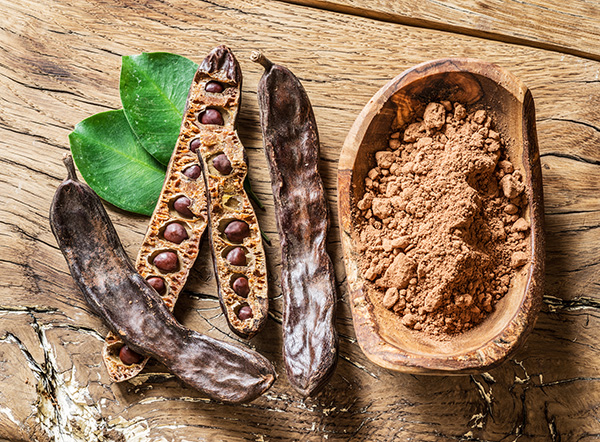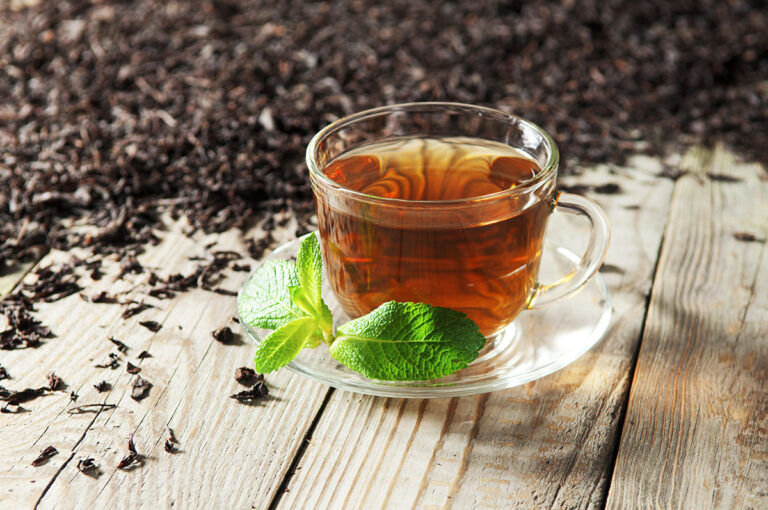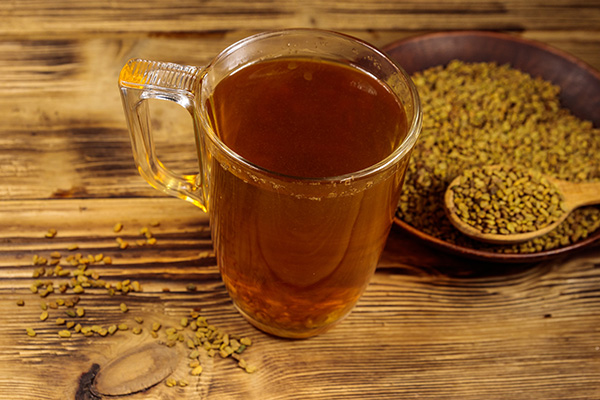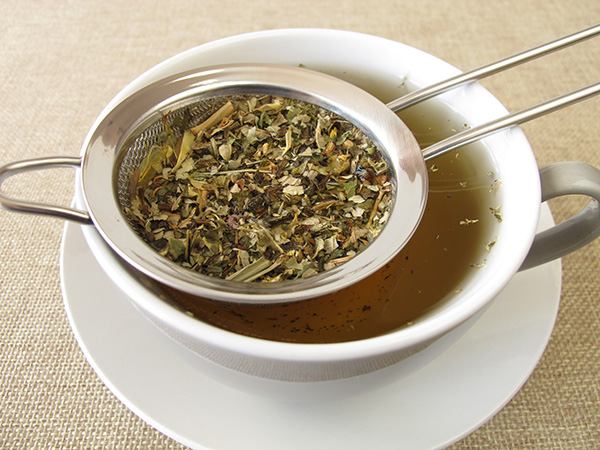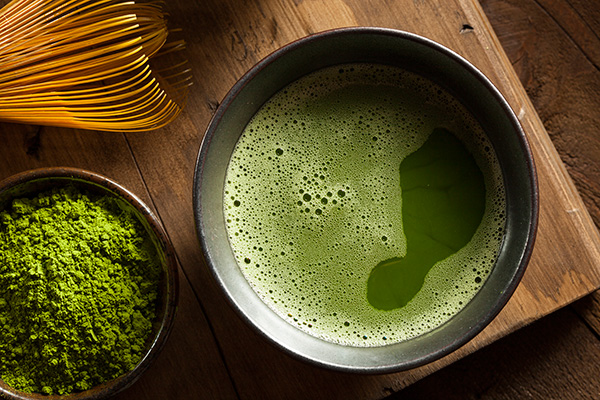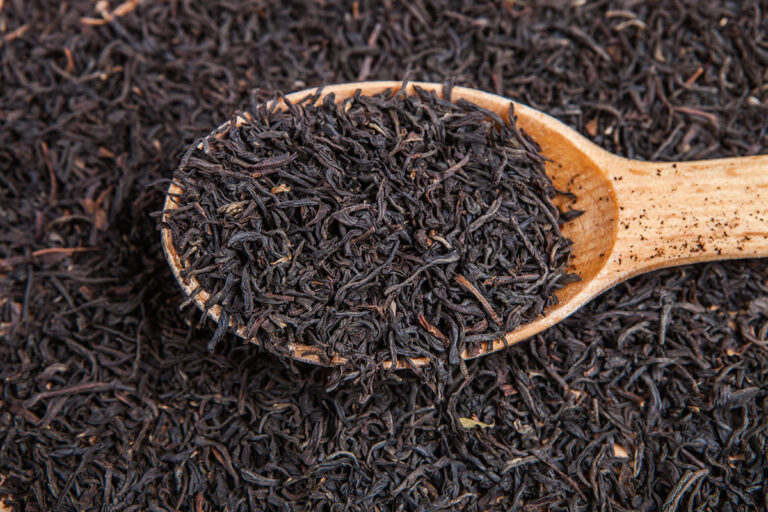How to Use a Tea Kettle (Stovetop & Electric)
Whether it’s to warm up on a cold winter day or enjoy afternoon tea with friends, using a tea kettle can bring out the best flavors.
In this guide, we’ll explain how to use the stovetop and electric tea kettles. We will also cover essential safety precautions and highlight the differences between kettles and teapots.
So, let’s get started on brewing that perfect cup of tea.
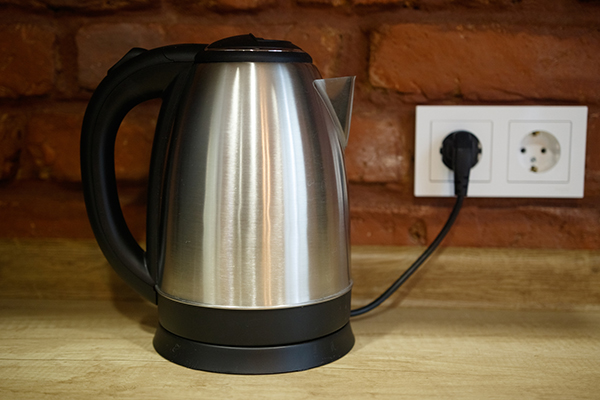
How to Use a Stovetop Tea Kettle
Here’s how you use a stovetop tea kettle.
1. Clean Your Tea Kettle
Before starting, ensure that your tea kettle is clean. Wash the inside using warm water. In case of any residue, apply a mild detergent and a non-abrasive sponge for gentle cleaning. Rinse thoroughly and dry with a clean towel.
2. Fill Up Your Tea Kettle
Remove the lid and pour fresh, cold water to fill your stovetop tea kettle. Ensure not to overfill it, as this can cause water to spill out when boiling. Ensure you use the proper amount of water for the number of cups you aim to brew.
3. Heat up Your Kettle
Put the kettle on a burner that matches or is smaller than the kettle’s base size. Set the heat to medium-high and wait as the water heats up. If your kettle is equipped with a whistle, it will inform you when the water has boiled. If it’s not, listen to the boiling water sound.
4. Infuse Your Tea
After the water has heated, pour the hot water onto your tea leaves or tea bags in a teapot or cup. Let the tea steep for the recommended time, which differs depending on the type of tea.
5. Empty the Kettle
After you’ve poured the hot water for your tea, empty any remaining water from the kettle. This will prevent mineral buildup and ensure your kettle remains clean for future use.
How to Use an Electric Tea Kettle
How you use an electric tea kettle is similar to a stovetop kettle.
1. Clean Your Kettle
Just like with a stovetop tea kettle, ensure your electric kettle is clean before use. Rinse the interior with warm water. Apply a soft detergent and a non-abrasive sponge to clear any residue, if necessary. Rinse thoroughly and dry with a clean towel.
2. Plug in the Base
Ensure the base of the electric kettle is securely plugged into an electrical outlet. Ensure the area around the outlet is dry and clear of potential hazards.
3. Fill up the Kettle
Fill the electric kettle with fresh, cold water. Do not overfill it, as this can cause water to spill out when boiling. Ensure you use the proper amount of water for the number of cups you aim to brew.
4. Heat up the Water
Put the kettle on the base, making sure it is properly seated. Power on the kettle, and it will start heating the water. Most electric kettles have an automatic shut-off feature when the water reaches boiling point.
5. Infuse Your Tea
When the water is hot, carefully pour it over your tea leaves or tea bags in a teapot or cup. Let the tea steep for the recommended time, based on the type of tea.
6. Empty Your Kettle
After pouring the hot water for your tea, empty any remaining water from the electric kettle. This will prevent mineral buildup and maintain the kettle’s cleanliness.
Important Safety Tips
Here are some important safety tips for using a tea kettle:
- Never leave a stovetop kettle unattended while heating.
- If your kettle doesn’t have a plastic handle, which is rare these days, always use oven mitts or a thick cloth to handle hot kettles to prevent burns.
- Ensure the area around the electric kettle’s outlet is dry and free from potential hazards.
- Do not immerse electric kettles in water, as this can damage the electrical components.
- Keep children and pets away from hot kettles and boiling water to prevent accidents.
- Regularly inspect your kettle for signs of wear, damage, or mineral buildup. Replace or clean as needed to ensure safe and efficient operation.
Electric Kettles vs. Traditional Kettles: Which One Is Better?
Electric kettles offer a range of advantages compared to classic stovetop kettles, such as:
- Faster heating times: Electric kettles generally heat water more quickly than stovetop kettles, allowing you to enjoy your tea sooner.
- Automatic shut-off: Most electric kettles come with an automatic shut-off feature, minimizing the risk of boiling dry or overheating.
- Energy efficiency: Electric kettles typically use less energy than heating water on a stove.
However, stovetop kettles have their own charm and may be preferred by some for their nostalgic design, the classic whistle, and the lack of reliance on electricity.
Ultimately, the choice between an electric and stovetop kettle comes down to personal preference, convenience, and energy efficiency considerations.
Tea Kettle vs. Teapot: What’s the Difference?
Tea kettles and teapots are two completely different things.
Tea Kettle
A tea kettle is used to heat water for brewing tea. You can place it on a stovetop or plug it into an electrical outlet (if it’s an electric kettle). Tea kettles typically have a handle for easy pouring and a spout for directing the flow of hot water.
You don’t put teabags or tea leaves into a tea kettle!
Teapot
A teapot is designed specifically for steeping tea leaves or tea bags in hot water; you must not put it on a heat source. Teapots often have a built-in strainer or come with a removable infuser basket to separate the tea leaves from the liquid once the steeping process is complete.
Final Thoughts
Using a tea kettle, be it stovetop or electric, is an easy and pleasant process that can improve your tea-drinking experience. By following the detailed steps in this guide and paying attention to crucial safety tips, you’ll be on the path to brewing an exceptional cup of tea.
FAQ
Do You Put Tea Bags in a Tea Kettle?
No, you should not put tea bags directly in a tea kettle. Instead, put tea bags or leaves into a teapot or a cup, then pour hot water from the kettle to start steeping.
Does a Tea Kettle Just Boil Water?
Yes, the only purpose of a tea kettle is to warm up water that you can then use for steeping tea.
Does a Tea Kettle Make Tea Taste Better?
Using a tea kettle can help ensure that your water achieves the needed temperature for steeping, elevating the taste of your tea. However, the kettle itself does not directly affect the taste of the tea.
Should You Leave Water in a Tea Kettle?
No, you should empty your tea kettle after each use to prevent mineral buildup and maintain the kettle’s cleanliness.
How Many Times Should You Boil a New Kettle Before Using It?
Boil a new kettle at least two or three times with fresh water and discard the water each time. This helps remove any residues from the manufacturing process and ensures your kettle is clean and ready for use.
Do Stovetop Kettles Know When to Stop Boiling?
Stovetop kettles do not have an automatic shut-off feature like electric kettles. However, many stovetop kettles come with a whistle that will signal when the water has boiled.
When you hear the whistle, it’s time to remove the kettle from the heat source to prevent boiling dry or overheating. If your stovetop kettle has no whistle, you must monitor it closely and remove it from the heat once the water reaches the desired temperature.
How to Clean the Outside of a Burnt Tea Kettle?
You can clean the outside of a burnt tea kettle by making a paste of baking soda and water, applying it to the burnt areas, and gently scrubbing with a non-abrasive sponge. Rinse thoroughly and dry to finish the cleaning process.

